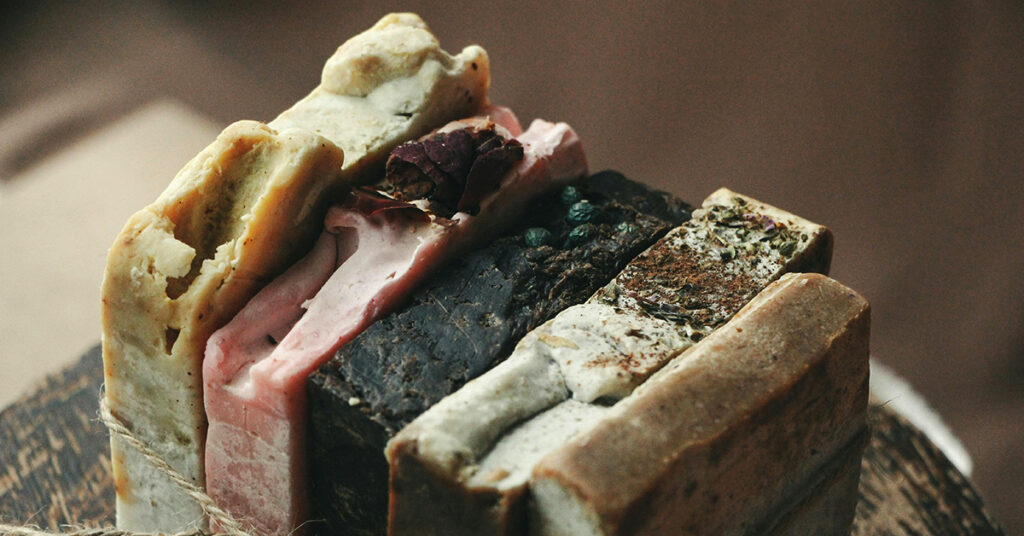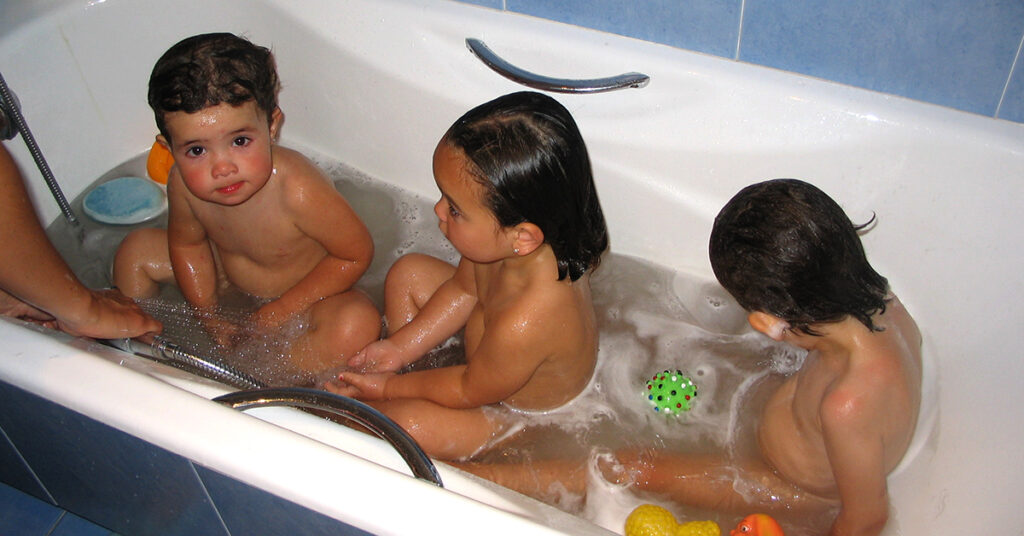Basque ethnography at a glance
The recent Covid pandemic has been a reminder of the importance of good personal and household hygiene to avoid the spread of infectious disease and to care for our health.
The word ‘hygiene’ comes from Hygieia, the goddess of health of the Ancient Greeks, who was the daughter for Asclepius, the god of medicine, and of Epione, the goddess of the soothing of pain. Seven centuries before Christ, the Greeks already associated cleanliness with people’s health.
Even though public baths abounded in most cities in the Ancient Greek and Roman cultures, water was no longer used for personal hygiene in the following centuries as it was believed to spread infections. It would not be until the 19th century that science understood that personal hygiene and the use of water were essential to avoid diseases.
At the start of the last century, there was no awareness here of the need to clean the whole body and they usually only washed some parts of it. Bathtubs were not widely used until the second half of the century and the shower was a later invention.
In general, people washed in the kitchen – in a bowl, in the sink, or using a basin – in the morning. Their rubbed their bodies with esparto grass or home-made soap. According to the Etniker survey, people in Valtierra (N) bathed in the river in summer and in the kitchen in winter, and they used soapwort (xaboilili) as soap.
Traditionally, soap was produced at the homestead for its members’ use. Otherwise, they bought it from hawkers, who sold the finished product. There were different ways of making soap. One of them was to use the fat from the livestock (cows, pigs, sheep, horses, etc.). The fat was boiled with a little salt and bleach was added if it darkened. The most widely used fats were tallow (bilgorra) and lard. Mixing flour with soda, ammonia and caustic soda was another way to make soap.
Handmade soap was used until the mid-21st century; people did not only use it to clean their bodies, but also to wash their clothes. Before houses had running water, women had to go to the wash house or the river to rub the clothes with soap and rinse out the dirt in the flowing water.
They used ash when there was no soap or they wanted to whiten the garments. The clothes were placed in a bowl or vat, and ash was filtered through a cloth on to them. Hot water was then poured onto the ash, which had a colouring effect, and the operation was repeated as many times as necessary. That is where the term “do the laundry” comes from.
The same methods were used to wash crockery and cooking utensils. Sand, mud, ash, scouring sponges or sandstone were used to remove the remains of the food. The scouring sponge is known to have been made by unwinding ropes, such as the ones that came with fish boxes. In Viana (N), for example, the dishes were scrubbed with sand on a scouring sponge made out of the esparto grass used for twine or the offcuts of that material.
We now know that the type and quality of food has a direct impact on dental health, which is crucial for a healthy body. However, it was not usual to clean one’s teeth until very recently, and the use of toothbrushes and toothpaste was not widespread. They recall in Allo (N) that people only cleaned their mouths every now and then, nearly always when a tooth hurt or when the doctor recommended doing so. They often washed it out with water and vinegar. However, they used bicarbonate soda to clean their teeth in Murchante (N).
We can conclude by saying that homemade soap and also the household and personal hygiene methods and materials used by our ancestors are a sustainable and cheap alternative to the thousands of cleaning products today. An easy way to help care for the environment and produce natural products.
Zuriñe Goitia – Anthropologist



